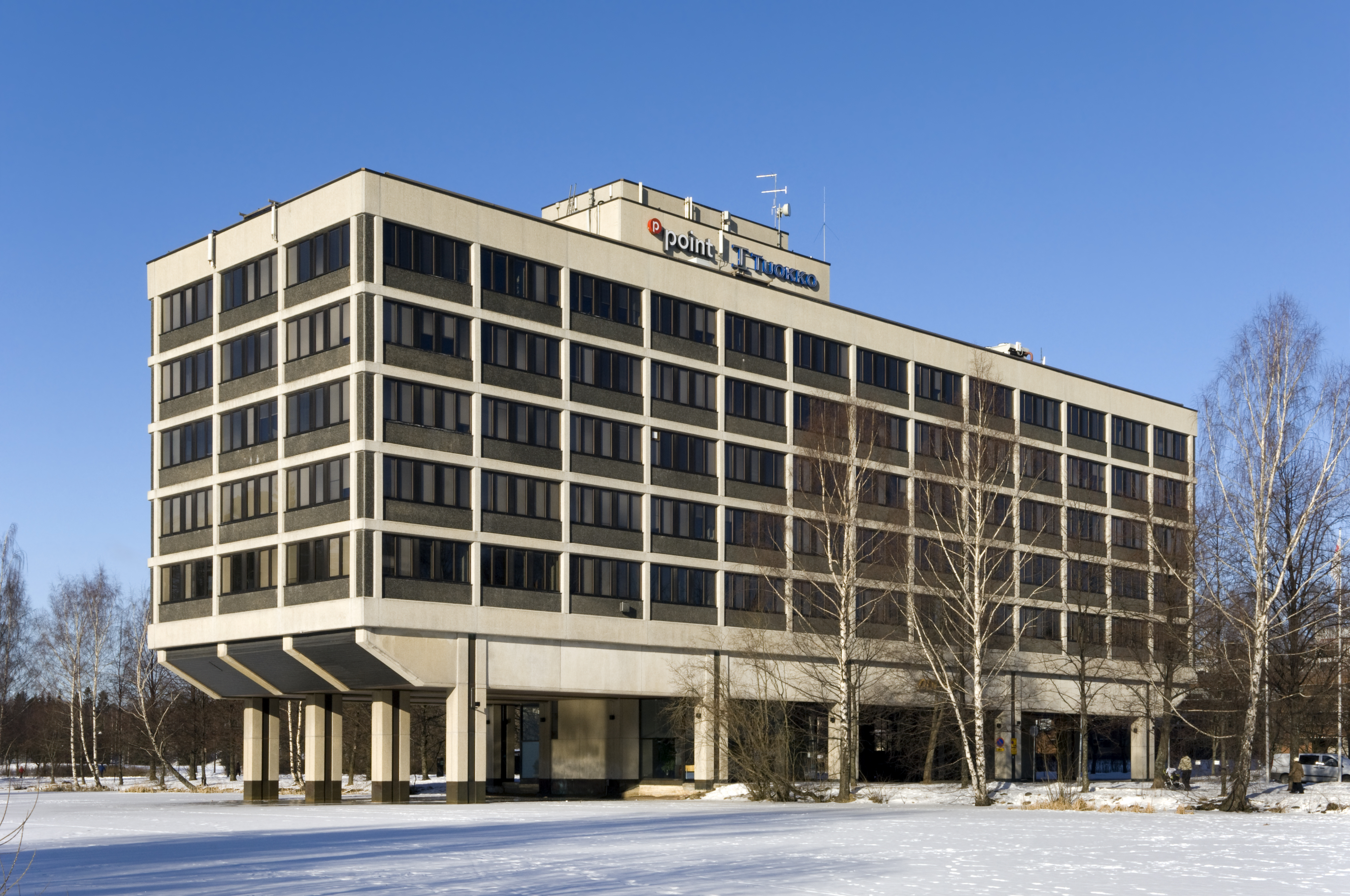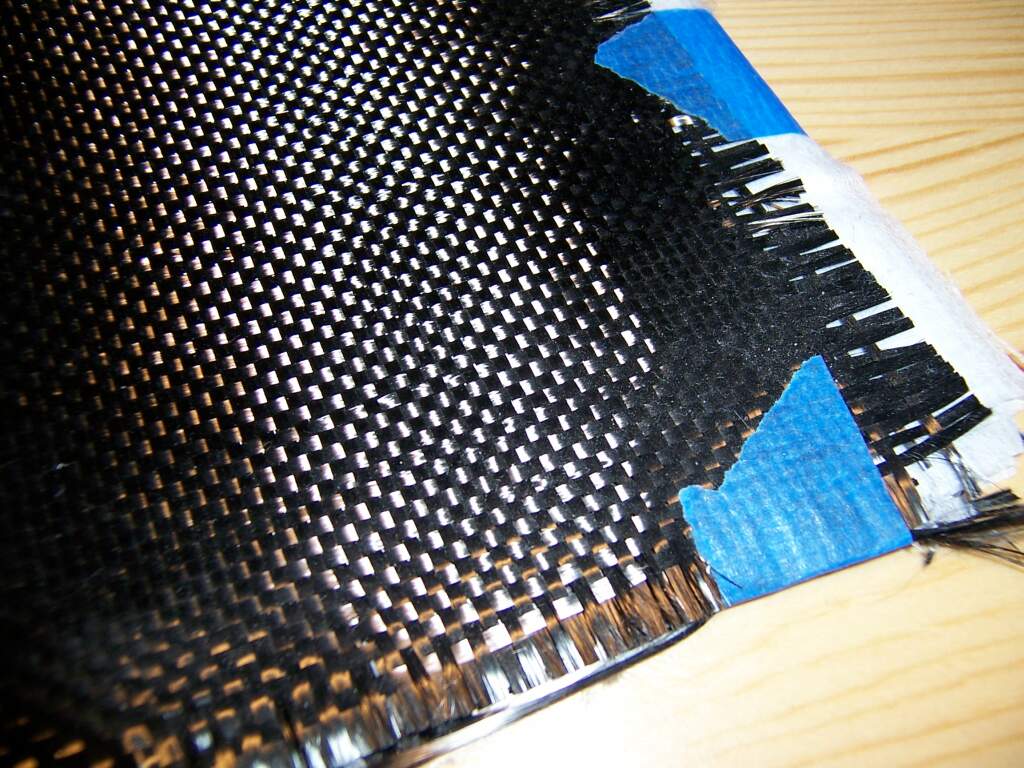|
Carbon-fiber Tape
Carbon-fiber tape is a flat material made of carbon fiber. It weighs one-seventh as much as steel for a given strength. The carbon fiber core lasts longer than conventional steel cable. The material is resistant to wear and abrasion and, unlike steel, does not densify and stretch. Applications In June 2013, KONE elevator company announced Ultrarope for use as a replacement for steel cables in elevators. It seals the carbon fibers in high-friction polymer. Unlike steel cable, Ultrarope was designed for buildings that require up to 1,000 meters of lift. Steel elevators top out at 500 meters. The company estimated that in a 500-meter-high building, an elevator would use 15 per cent less electrical power than a steel-cabled version. As of June 2013, the product had passed all European Union and US certification tests. See also * Carbon fibers Carbon fibers or carbon fibres (alternatively CF, graphite fiber or graphite fibre) are fibers about in diameter and composed mostly ... [...More Info...] [...Related Items...] OR: [Wikipedia] [Google] [Baidu] |
Carbon Fiber
Carbon fiber-reinforced polymers (American English), carbon-fibre-reinforced polymers (Commonwealth English), carbon-fiber-reinforced plastics, carbon-fiber reinforced-thermoplastic (CFRP, CRP, CFRTP), also known as carbon fiber, carbon composite, or just carbon, are extremely strong and light fiber-reinforced plastics that contain carbon fibers. CFRPs can be expensive to produce, but are commonly used wherever high strength-to-weight ratio and stiffness (rigidity) are required, such as aerospace, superstructures of ships, automotive, civil engineering, sports equipment, and an increasing number of consumer and technical applications. The binding polymer is often a thermoset resin such as epoxy, but other thermoset or thermoplastic polymers, such as polyester, vinyl ester, or nylon, are sometimes used. The properties of the final CFRP product can be affected by the type of additives introduced to the binding matrix (resin). The most common additive is silica, but other addi ... [...More Info...] [...Related Items...] OR: [Wikipedia] [Google] [Baidu] |
Kone
Kone Oyj (; officially stylized as KONE and trading as KONE Corporation) is an elevator engineering company employing over 60,000 personnel across 60 countries worldwide. It was founded in 1910 and is now headquartered in Espoo near Helsinki, Finland. In addition, Kone builds and services moving walkways (referred to by the company as ''autowalks''), automatic doors and gates, escalators, and lifts. In the Finnish language, ''Kone'' means "machine". Since 1924, Kone has been controlled by the Herlin family. Harald Herlin purchased the company in 1924 and served as its chairman until 1941. Afterward, his son, Heikki H. Herlin, took over his father's post from 1941–1987. In 1954, Pekka Herlin joined Kone and succeeded his father as president in 1964. Since 2003, Antti Herlin, the son of Pekka Herlin, has been its chairman. , Antti Herlin controls 62% of the voting rights and 22% of the shares of the company, which is listed on Nasdaq Helsinki. History 1910–1964 Kone ... [...More Info...] [...Related Items...] OR: [Wikipedia] [Google] [Baidu] |
Polymer
A polymer (; Greek '' poly-'', "many" + ''-mer'', "part") is a substance or material consisting of very large molecules called macromolecules, composed of many repeating subunits. Due to their broad spectrum of properties, both synthetic and natural polymers play essential and ubiquitous roles in everyday life. Polymers range from familiar synthetic plastics such as polystyrene to natural biopolymers such as DNA and proteins that are fundamental to biological structure and function. Polymers, both natural and synthetic, are created via polymerization of many small molecules, known as monomers. Their consequently large molecular mass, relative to small molecule compounds, produces unique physical properties including toughness, high elasticity, viscoelasticity, and a tendency to form amorphous and semicrystalline structures rather than crystals. The term "polymer" derives from the Greek word πολύς (''polus'', meaning "many, much") and μέρος (''meros'' ... [...More Info...] [...Related Items...] OR: [Wikipedia] [Google] [Baidu] |
Carbon Fibers
Carbon fibers or carbon fibres (alternatively CF, graphite fiber or graphite fibre) are fibers about in diameter and composed mostly of carbon atoms. Carbon fibers have several advantages: high stiffness, high tensile strength, high strength to weight ratio, high chemical resistance, high-temperature tolerance, and low thermal expansion. These properties have made carbon fiber very popular in aerospace, civil engineering, military, motorsports, and other competition sports. However, they are relatively expensive compared to similar fibers, such as glass fiber, basalt fibers, or plastic fibers. To produce a carbon fiber, the carbon atoms are bonded together in crystals that are more or less aligned parallel to the fiber's long axis as the crystal alignment gives the fiber a high strength-to-volume ratio (in other words, it is strong for its size). Several thousand carbon fibers are bundled together to form a tow, which may be used by itself or woven into a fabric. Carbon f ... [...More Info...] [...Related Items...] OR: [Wikipedia] [Google] [Baidu] |
Allotropes Of Carbon
Carbon is capable of forming many allotropy, allotropes (structurally different forms of the same element) due to its Valence (chemistry), valency. Well-known forms of carbon include diamond and graphite. In recent decades, many more allotropes have been discovered and researched, including ball shapes such as buckminsterfullerene and sheets such as graphene. Larger-scale structures of carbon include carbon nano tube, nanotubes, Carbon nanobud, nanobuds and Graphene nanoribbon, nanoribbons. Other unusual forms of carbon exist at very high temperatures or extreme pressures. Around 500 hypothetical 3‑periodic allotropes of carbon are known at the present time, according to the Samara Carbon Allotrope Database (SACADA). Diamond Diamond is a well-known allotrope of carbon. The hardness, extremely high refractive index, and high Dispersion (optics), dispersion of light make diamond useful for industrial applications and for jewelry. Diamond is the hardest known natural min ... [...More Info...] [...Related Items...] OR: [Wikipedia] [Google] [Baidu] |




